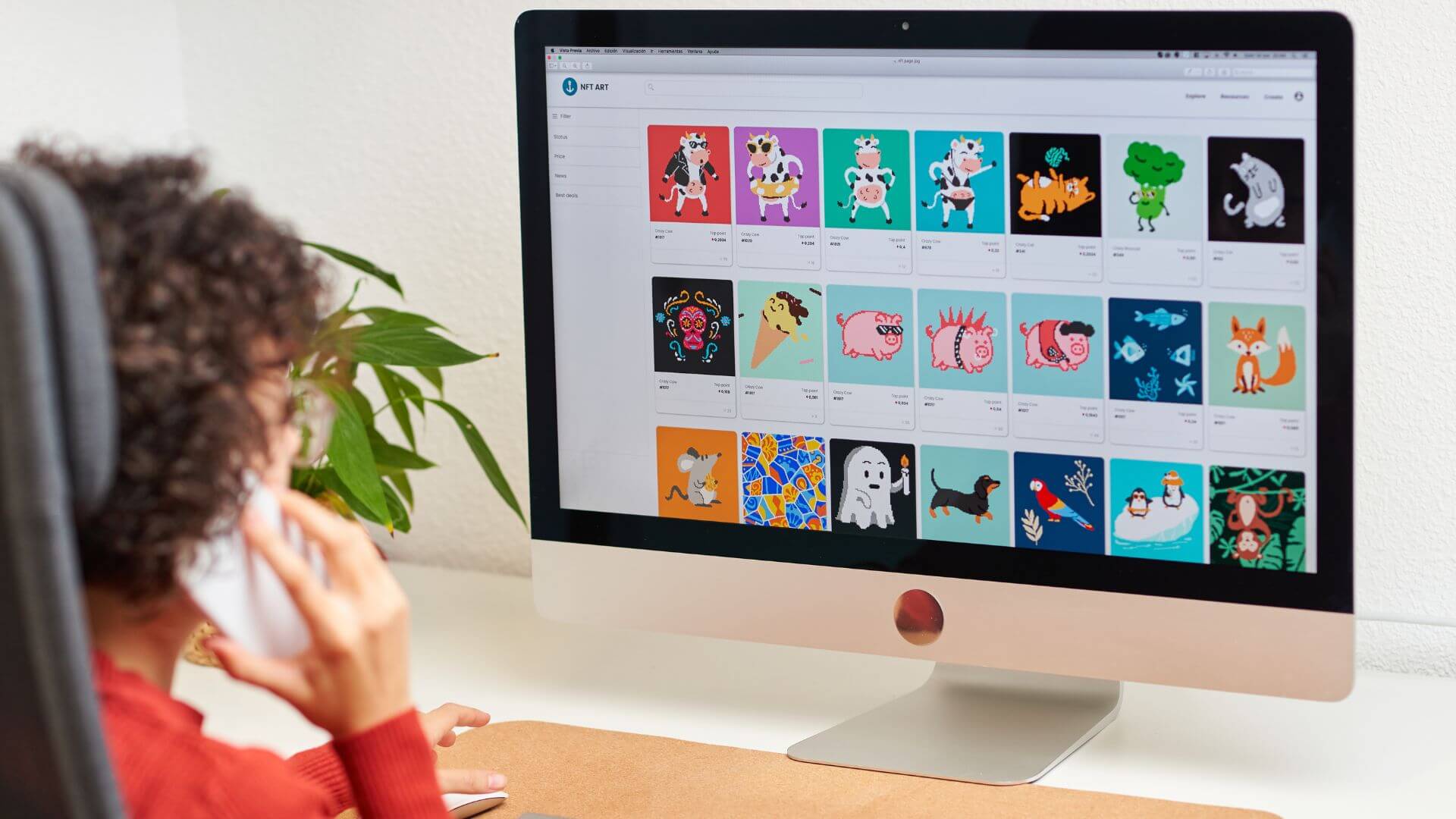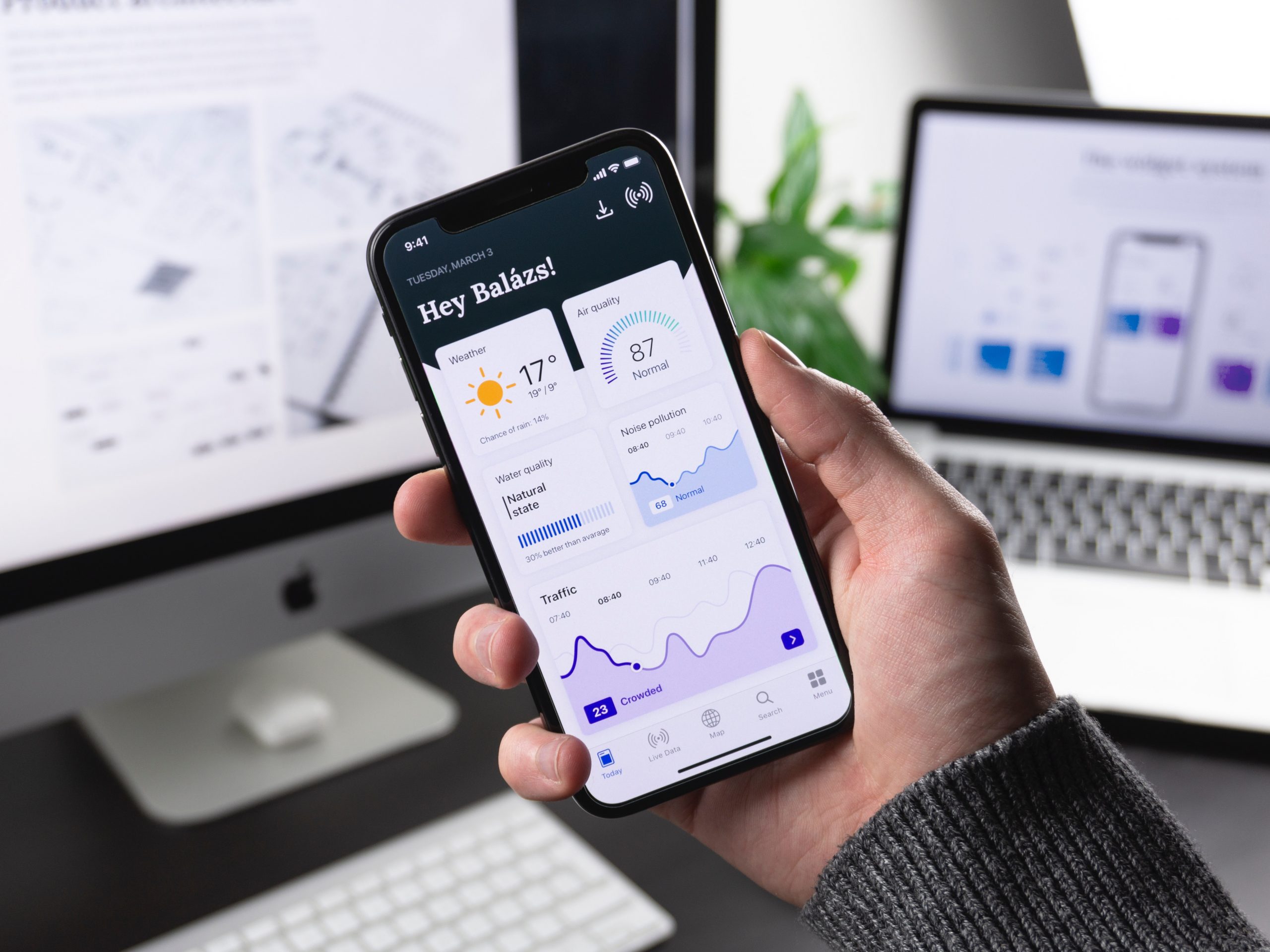Building an online MVP marketplace can be an exciting and rewarding venture. Whether you’re an aspiring entrepreneur or an established business looking to expand your reach, creating a minimum viable product (MVP) marketplace can help you test your business idea, validate market demand, and gather valuable user feedback. In this article, we will guide you through the process of building your own MVP marketplace, from understanding the concept of an MVP to launching and scaling your online platform. All are based on our vast experience in providing MVP development services.
Understanding the Concept of an MVP Marketplace
Before diving into the nitty-gritty of building your MVP marketplace, it’s important to grasp the concept of what an MVP is in the context of online marketplaces. An MVP is the most basic version of your product or service that contains the essential features necessary to attract early adopters and validate your business idea. By focusing on creating a stripped-down version, you can quickly gather feedback and iterate based on user needs.
Defining MVP in the Context of Online Marketplaces
An MVP marketplace, in particular, refers to an online platform where buyers and sellers can connect and transact. It serves as a testing ground for your marketplace idea, allowing you to assess its viability and potential before investing significant resources.
Importance of MVP for Startups
Startups, especially those with limited budgets and resources, benefit greatly from building an MVP marketplace. By starting small and focusing on key functionalities, you can minimize risks and validate your idea before scaling up. From our experience as a software development company with a proven track record, many successful online marketplaces started as MVPs.
When considering the development of an MVP marketplace, it’s crucial to prioritize features that are essential for facilitating transactions between buyers and sellers. This includes creating user-friendly interfaces for both parties, implementing secure payment gateways, and establishing a reliable system for managing listings and orders. By concentrating on these core functionalities, you can ensure a seamless user experience that encourages engagement and builds trust within your marketplace community.
Furthermore, the iterative nature of MVP development allows startups to adapt to market feedback and evolving trends swiftly. By launching an MVP marketplace early on, you can gather valuable insights from real users and make data-driven decisions to enhance your platform’s performance and scalability. This agile approach not only accelerates the development process but also increases the likelihood of creating a successful and sustainable marketplace in the long run.
Key Elements of an MVP Marketplace
Now that you understand the concept of an MVP marketplace, let’s delve into the key elements that will contribute to its success.
Identifying Your Target Audience
First and foremost, it is crucial to identify your target audience. Conduct thorough market research to understand their needs, pain points, and preferences. This information will guide the development of your MVP marketplace, ensuring that it caters to the specific target demographic you aim to serve.
Defining Your Value Proposition
Once you know your target audience, it’s time to define your value proposition. What unique value will your marketplace provide to users? Is it convenience, a wider selection of products, competitive pricing, or a combination of factors? Clearly articulating your value proposition will help differentiate your marketplace from competitors and attract your target audience.
Creating a Seamless User Experience
Another critical element of an MVP marketplace is to focus on creating a seamless user experience. From the moment a user lands on your platform to the checkout process, every interaction should be intuitive and user-friendly. This includes easy navigation, clear product descriptions, and a secure payment gateway to build trust with your users.
Building Trust and Credibility
Trust is essential in any marketplace, especially in the early stages. Implement trust-building elements such as user reviews, seller verification processes, and transparent communication channels. By prioritizing trust and credibility, you can establish a loyal customer base and encourage repeat business on your MVP marketplace.
Steps to Building Your MVP Marketplace
With the key elements in mind, let’s now explore the crucial steps involved in building your MVP marketplace.
Market Research and Competitor Analysis
Embark on comprehensive market research to identify existing competitors and analyze their strengths and weaknesses. Determine how you can differentiate your marketplace and offer a superior experience to users. By understanding the competitive landscape, you can find opportunities for innovation and set a solid foundation for your MVP.
Designing a User-Friendly Interface
A user-friendly interface is paramount in attracting and retaining users on your MVP marketplace. Ensure that your design is intuitive, easy to navigate, and visually appealing. Collaborating with experienced UI/UX designers, like the professionals at WeSoftYou, can greatly enhance the user experience and increase engagement.
Developing a Minimum Viable Product
Once your market research and design are in place, it’s time to develop your minimum viable product. We at WeSoftYou recommend following an Agile development approach, dividing your development into sprints and continuously improving and iterating based on user feedback.
Testing and Iterating for Optimization
After the initial development of your MVP marketplace, it’s crucial to conduct thorough testing to identify any bugs, usability issues, or areas for improvement. Utilize user testing, A/B testing, and feedback mechanisms to gather valuable insights and iterate on your platform. This iterative process is essential for optimizing the user experience and ensuring that your marketplace meets the needs and expectations of your target audience.
Scaling and Growth Strategies
Once your MVP marketplace is live and operational, focus on scaling and implementing growth strategies to expand your user base and increase traction. Consider leveraging digital marketing techniques, such as SEO, social media advertising, and influencer partnerships, to drive traffic to your platform. Additionally, analyze user data and metrics to make informed decisions about feature enhancements and expansion into new markets.
Testing and Iterating Your MVP Marketplace
A crucial phase in building an MVP marketplace is testing and iterating based on user feedback. This iterative process allows you to gather valuable insights about what works and what needs improvement.
Gathering User Feedback
Encourage users to provide feedback on their experience with your MVP marketplace. Utilize surveys, feedback forms, or direct communication channels to understand their pain points, preferences, and suggestions for improvement. Valuing and acting upon user feedback is key to refining your MVP.
Iterating Based on Feedback
Once you’ve collected user feedback, it’s time to analyze and prioritize the suggested improvements. Focus on addressing the most critical issues and optimizing user flows. Regularly release updates to your MVP marketplace, showcasing your commitment to continuously enhancing the user experience.
Furthermore, consider implementing A/B testing to compare different versions of your marketplace and determine which design or feature resonates best with your users. By testing variations simultaneously, you can gather data-driven insights to make informed decisions on the direction of your MVP.
Another effective strategy is to conduct user testing sessions with real users interacting with your marketplace. Observing how users navigate through your platform, where they encounter difficulties, and what features they find most valuable can provide invaluable qualitative data to guide your iterative process. Incorporating real user experiences into your feedback loop can lead to more user-centric design decisions and a more intuitive marketplace overall.
Launching and Promoting Your MVP Marketplace
After iterating and refining your MVP marketplace, it’s time to prepare for a successful launch. A well-executed launch strategy can generate buzz and drive early adoption.
Strategies for a Successful Launch
Ensure that your MVP marketplace is fully functional and bug-free before the launch. Consider offering incentives, such as exclusive deals or benefits, to early users to drive initial engagement. Leverage social media, email marketing, and strategic partnerships to spread the word about your marketplace and attract your target audience.
Effective Marketing Techniques for Your MVP Marketplace
Once your MVP marketplace is live, it’s essential to implement effective marketing techniques to increase visibility and attract users. Consider leveraging search engine optimization (SEO), content marketing, influencer partnerships, and paid advertising to drive traffic to your platform. A comprehensive marketing strategy will fuel growth and pave the way for long-term success.
Furthermore, consider hosting a virtual launch event to create excitement around your MVP marketplace. Invite industry influencers, potential users, and media representatives to participate in the event. Use this opportunity to showcase the unique features and benefits of your marketplace, and offer live demonstrations to engage attendees and answer their questions in real-time.
Another effective strategy is to collaborate with micro-influencers within your niche to promote your MVP marketplace. Micro-influencers have a dedicated and engaged following, making them ideal partners to help increase brand awareness and drive user acquisition. By partnering with multiple micro-influencers, you can reach a diverse audience and leverage their credibility to build trust with potential users.
Maintaining and Scaling Your MVP Marketplace
Now that your MVP marketplace is up and running, it’s crucial to focus on maintaining and scaling your online platform.
Regular Updates and Improvements
Continuously updating and improving your MVP marketplace is vital to keep pace with evolving user requirements and industry trends. Regularly roll out new features, address bugs, and refine the user experience. By staying responsive to user needs, you’ll retain existing users and attract new ones.
Strategies for Scaling Your Online Marketplace
As your MVP marketplace gains traction and user engagement increases, you’ll need to scale your platform to accommodate growth. Invest in robust infrastructure, optimize performance, and consider expanding your team to support operations effectively. Scaling requires careful planning and strategic execution to ensure a seamless transition as your marketplace evolves.
Building and launching an MVP marketplace can be a challenging yet rewarding journey. By following these steps and leveraging the expertise of WeSoftYou, you can increase your chances of success. Remember, an MVP marketplace serves as the foundation for your future marketplace, allowing you to test your idea, gather user feedback, and refine your offering. Keep iterating, learning from your users, and adapting to market needs – and you’ll be on your way to building a thriving online marketplace.





















